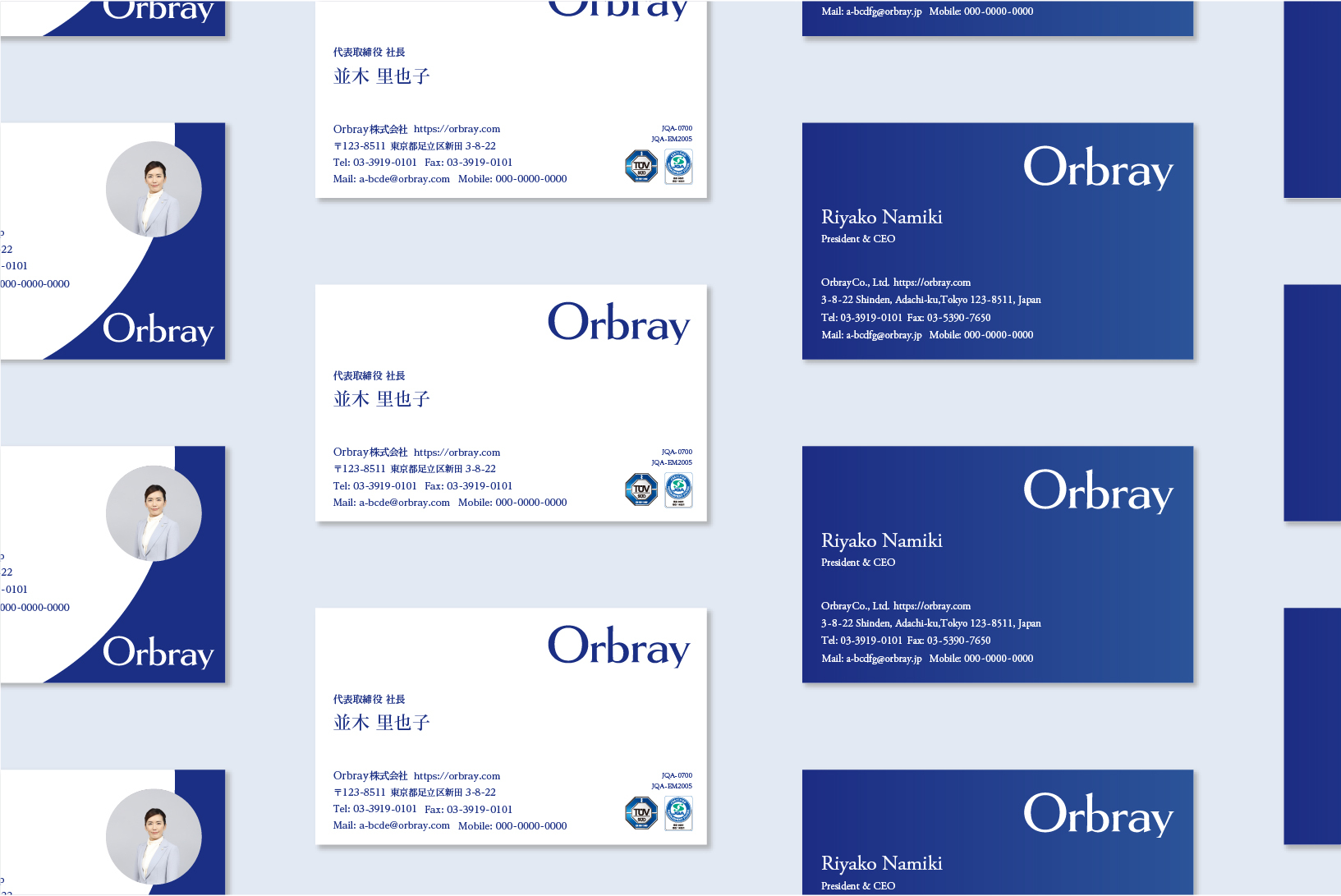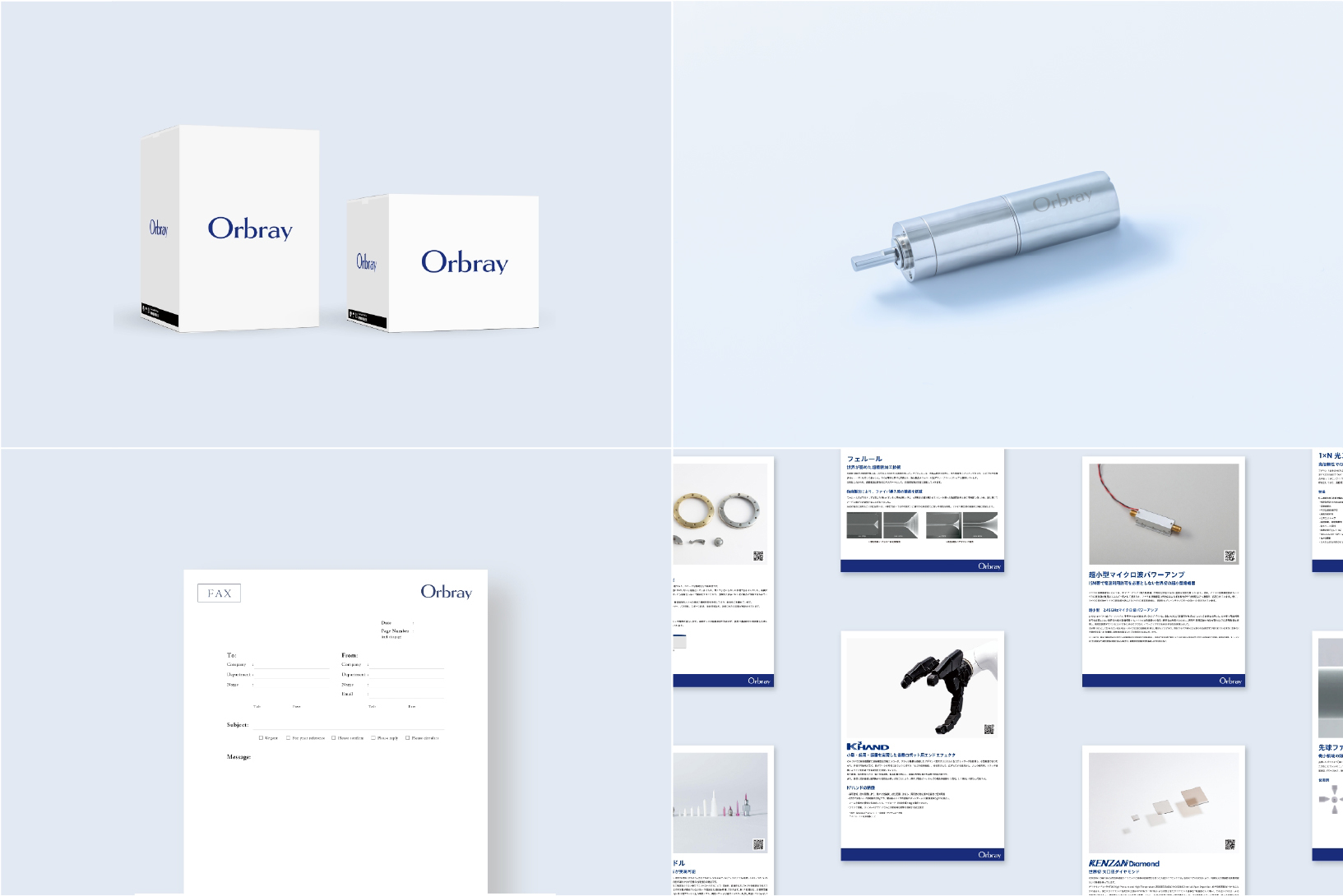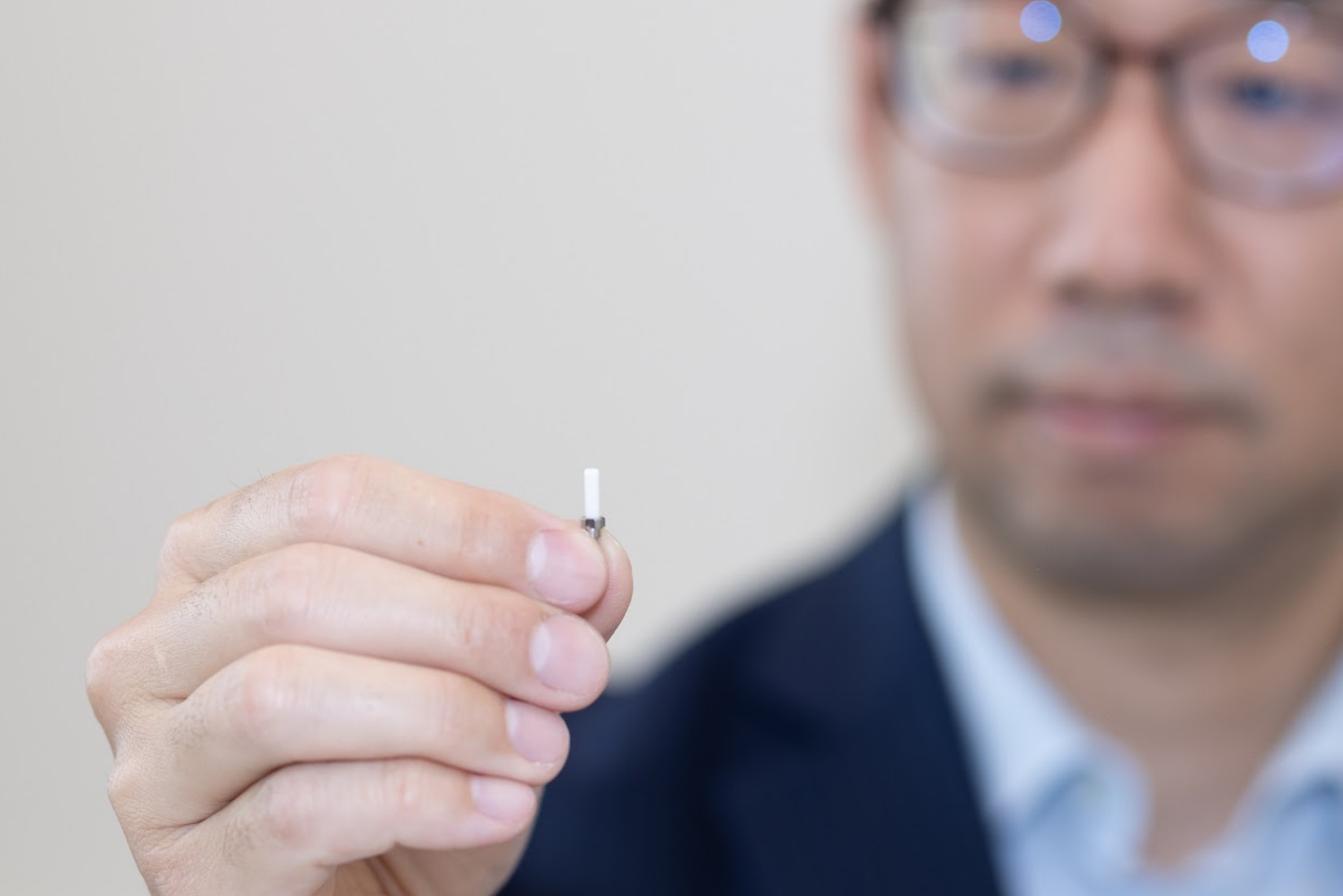Looking back on the road to changing our corporate name, with Mr. Yuki Taruma, the designer who led our comprehensive rebranding
Orbray's Future,Vol. 2

Yuki Taruma, CEO and Art Director of OrderDesignStudio Inc.
On January 1, 2023, we changed the name of our company,
Adamant Namiki Precision Jewel Co., Ltd., to Orbray Co., Ltd.
As we are a business-to-business (B2B) enterprise, we have assumed that our customers come to us because they already know something about our expertise. In our meetings with potential customers, we share some of our technology and discuss how our products can help them advance their own businesses. Again, we have assumed that this is very different from the business-to-customer (B2C) market, where many companies offer similar products and thus need to compete on image.
However, I began to think seriously about branding when we decided to change our company name from Adamant Namiki Precision Jewel Co., Ltd. to Orbray Co., Ltd., and as we transitioned to the new management structure. Adamant Namiki Precision Jewel Co., Ltd. is the result of integrating two group companies, Namiki Precision Jewel Co., Ltd., and Adamant Co., Ltd.
Although that happened back in 2018, we still hear customers and other stakeholders refer to us as “Namiki-san” or “Adamant-san.” To achieve all the envisioned synergies of that integration, and to build a solid framework for future development, we cannot afford to be seen – or to see ourselves – as separate “Namiki-san” and “Adamant-san.”
Through many hours of consultation with Mr. Yuki Taruma, who led our company’s name-change and branding project , I have come to realize that we as a company and as individual employees can achieve our best only if we are united in our philosophy and vision under the new Orbray identity, and can communicate that effectively to our customers.
In this interview, we invited Mr. Taruma to discuss what he had in mind for conveying our new identity both externally and internally.
The Importance of Branding – A Challenge for Any Company

Pres. Namiki:
Although I believed that our company had given importance to communication, I came to realize that we might not have made ourselves understood well enough. I therefore engaged your help to better showcase our company as a world-class firm with state-of-the-art technology and ground-breaking products. In addition to a new company name and logo, why did you consider it necessary for us to engage in such a comprehensive branding project?
Mr. Taruma:
Many B2B manufacturers have survived severe competition in the global market exactly because of their successful branding. In the manufacturing industry, differentiation strategies affect deals.
Branding to achieve differentiation is effective because it helps to make a company's strengths and character stand out.
Through my research on B2B manufacturers, I found that Japanese manufacturers have failed to give enough weight to branding. Given that overseas companies, particularly Asian firms, are catching up to Japanese companies in their technologies and have vastly improved their presentation skills, it is becoming increasingly important for Japanese firms to carry out branding activities to promote their expertise and distinguish themselves.
Whether it is a B2B company or a B2C company, customers choose products based partly on their impressions of the companies. That is why I recommended that you engage in comprehensive branding.
In branding, logo designs play a very important role because they help customers keep companies’ images in their mind. According to “Design Management Declaration,” a policy proposal unveiled by the Ministry of Economy, Trade and Industry in 2018, most of the companies that have focused on design have reported better performance. Moreover, effective branding can also unite all stakeholders – including employees – under a shared identity.
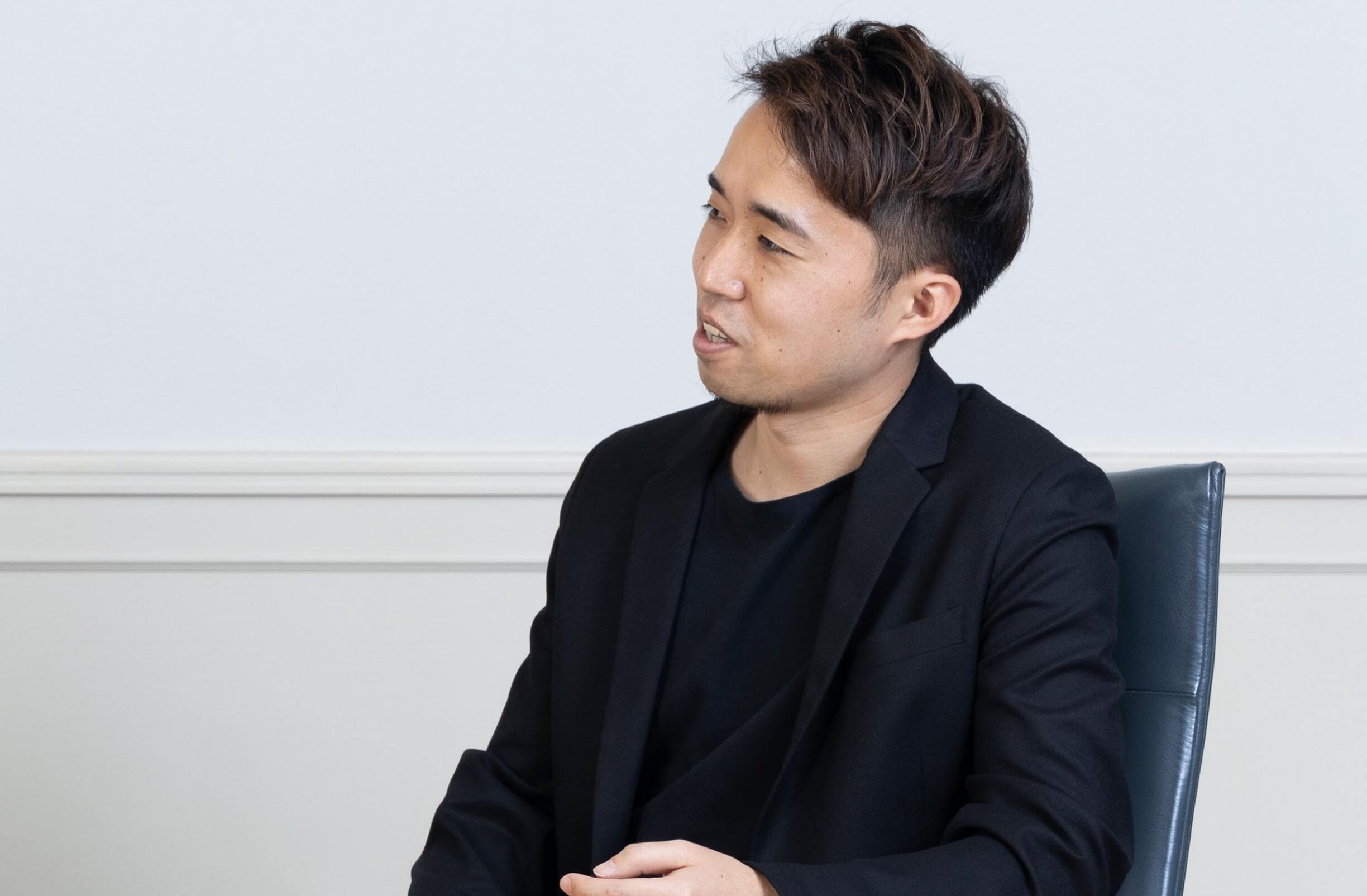
Pres. Namiki:
I can infer from your comments that the integration of our two group companies in 2018 would have been more successful if we had engaged in in-house branding at that time to help articulate our comprehensive corporate vision and values. This would have helped our employees to understand more fully the purpose of the integration, the overall scope of the combined company, and their important role in achieving excellence in each business to contribute to overall corporate success. I believe this would have led to greater pride in the whole company, instead of in just “Namiki” or “Adamant.” What are your thoughts?
Mr. Taruma:
I totally agree with you. Companies need in-house branding as much as external branding, and it can reap significant benefits.
Naming for Global Companies – A “Good Name” Isn't Enough

Pres. Namiki:
The first hurdle in corporate branding for us was to decide on a company name. I was in a huge dilemma when I had to decide whether to keep the name of our company’s founder in a new corporate name.
Mr. Taruma:
I also had to push myself to advise you to drop the founder’s name, which had been part of the company’s name for more than eight decades.
Pres. Namiki:
The current name was created by combining the names of two group companies, Namiki Precision Jewel Co., Ltd. and Adamant Co., Ltd., when they were integrated in 2018. During our initial discussions, I thought it would be better to retain the old name in some form, given the long, successful history of the company under the leadership of my grandfather, the founder, and my father. I wanted a new name that would still directly reflect the company’s history as well as signify its future. However, after further discussion with you, I began to think more about the future. I came to realize that honoring our remarkable legacy depended not on keeping the Namiki name, but on continuing my predecessors’ efforts to keep advancing the company beyond yesterday and today. To underpin the company’s continuing success, we needed a new, forward-looking name to unify and motivate all of us toward even higher aspirations over the long term.
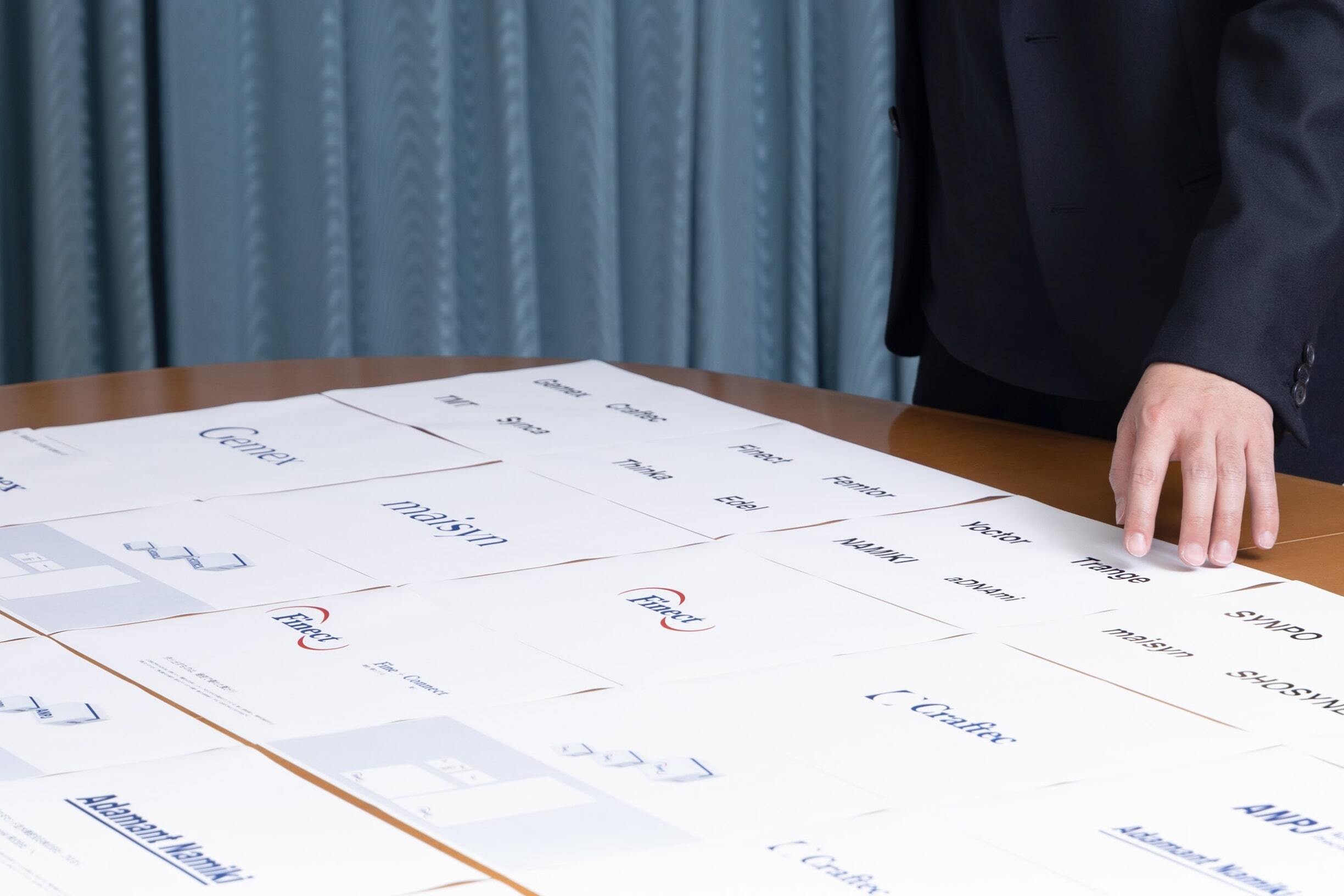
Mr. Taruma:
In deciding the company’s name, I tried to focus on two perspectives.
The first perspective is whether a name can function as a brand.
- Compatibility
- Durability
- Flexibility
- Communicability
- Affinity
The second perspective is what kind of impression the brand gives.
- Legibility
- Listenability
- The Sound of the Words
- Memorability
- Impression
In addition, as the company does business in the global market, all of the points I mentioned need to be appropriate in any language.
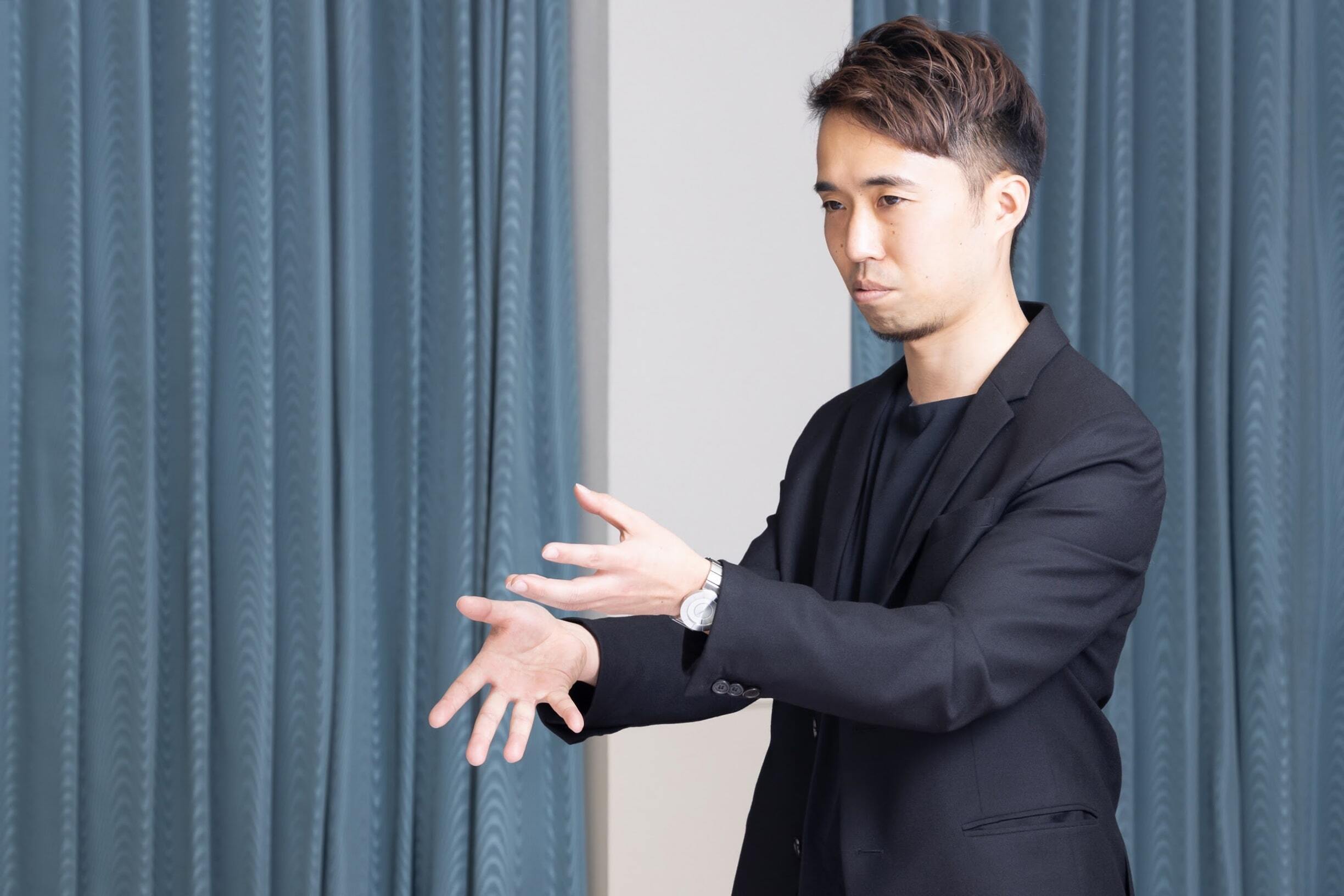
Pres. Namiki:
Taking all of the perspectives into consideration, you presented dozens of possible names to us and we considered each of them, one by one. We also conducted trademark and other research to check whether the names we liked would have problems in any of the countries where we do business. Some potential names were disqualified, so we had to go back to square one.
Mr. Taruma:
At this stage, you proposed using light as a key word. Your request inspired us to engage in a more conceptual brainstorming process, which yielded a cascade of possibilities, without regard to the company’s business content, products, or previous names. Finally, the name “Orbray” – combining “orb (sphere)” and “ray (light)” – emerged.
Design as Homage to Cutting, Grinding, and Polishing:
Our Precision Processing
Technologies for Specialty Materials
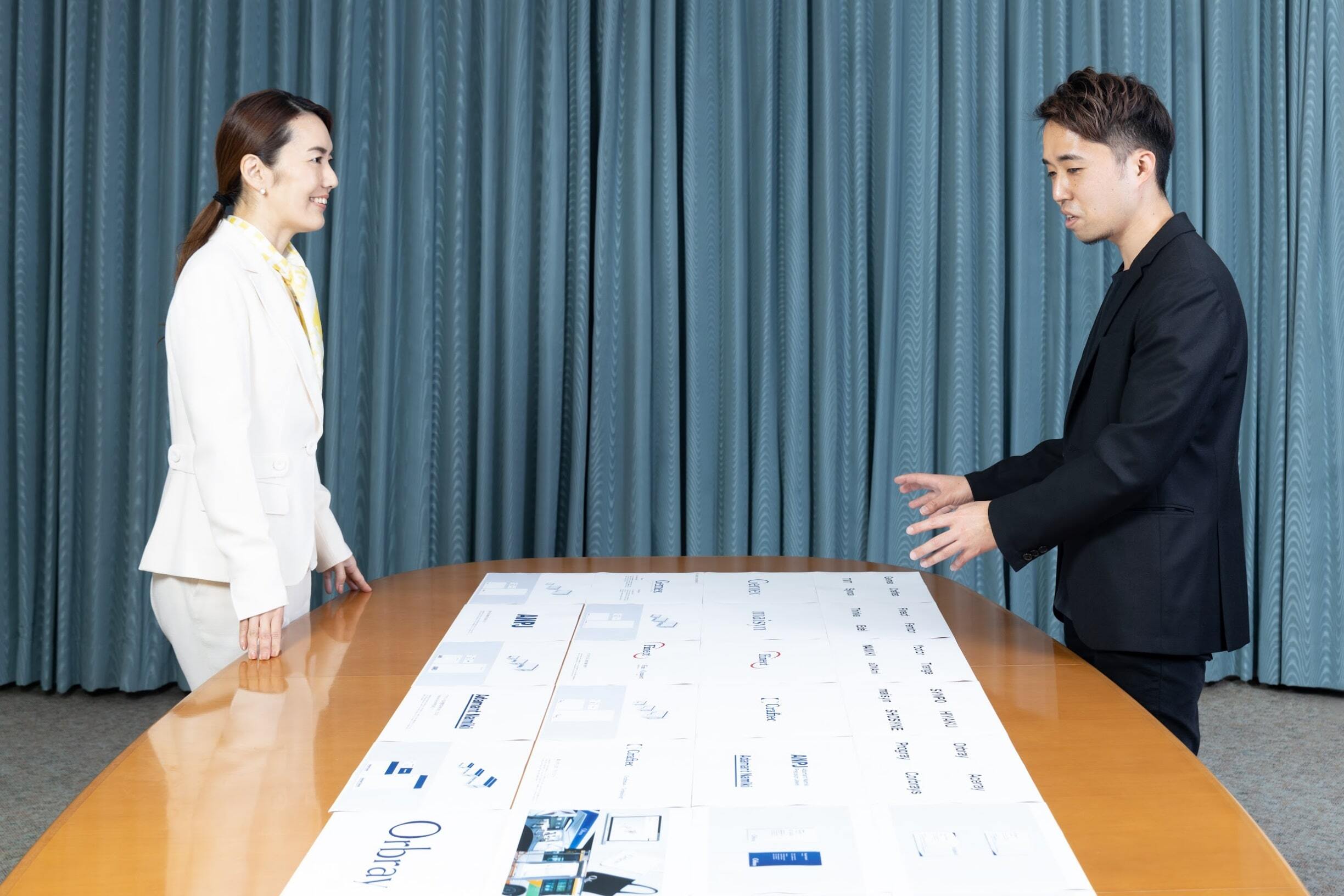
Pres. Namiki:
What kind of thoughts did you infuse into the design of the logo?
Mr. Taruma:
Soon after you asked me to consider a new company name and logo, I looked at your website and found words and ideas that I would never have encountered without this project. For example, the website explains about precision processing technology. I was very impressed by the preciseness the company has pursued. The three words that were the most outstanding on the website – cutting, grinding, and polishing – were so graceful that they preoccupied me throughout the design process. Another important factor for me was the company’s long history. I wanted the name and logo to signify the stability and trustworthiness that such a long-established entity has attained.
In working out the logo design, I used the short length of “Orbray” to take advantage of the round shapes of the letters. In addition, I wanted the logo to reflect the beauty and strength of jewels and the company’s excellence in “cutting, grinding, and polishing” technology. Overall, I strove to make the logo graceful and elegant. To do so, I slenderized and sharpened parts of the logo to the furthest extent possible while still maintaining legibility.
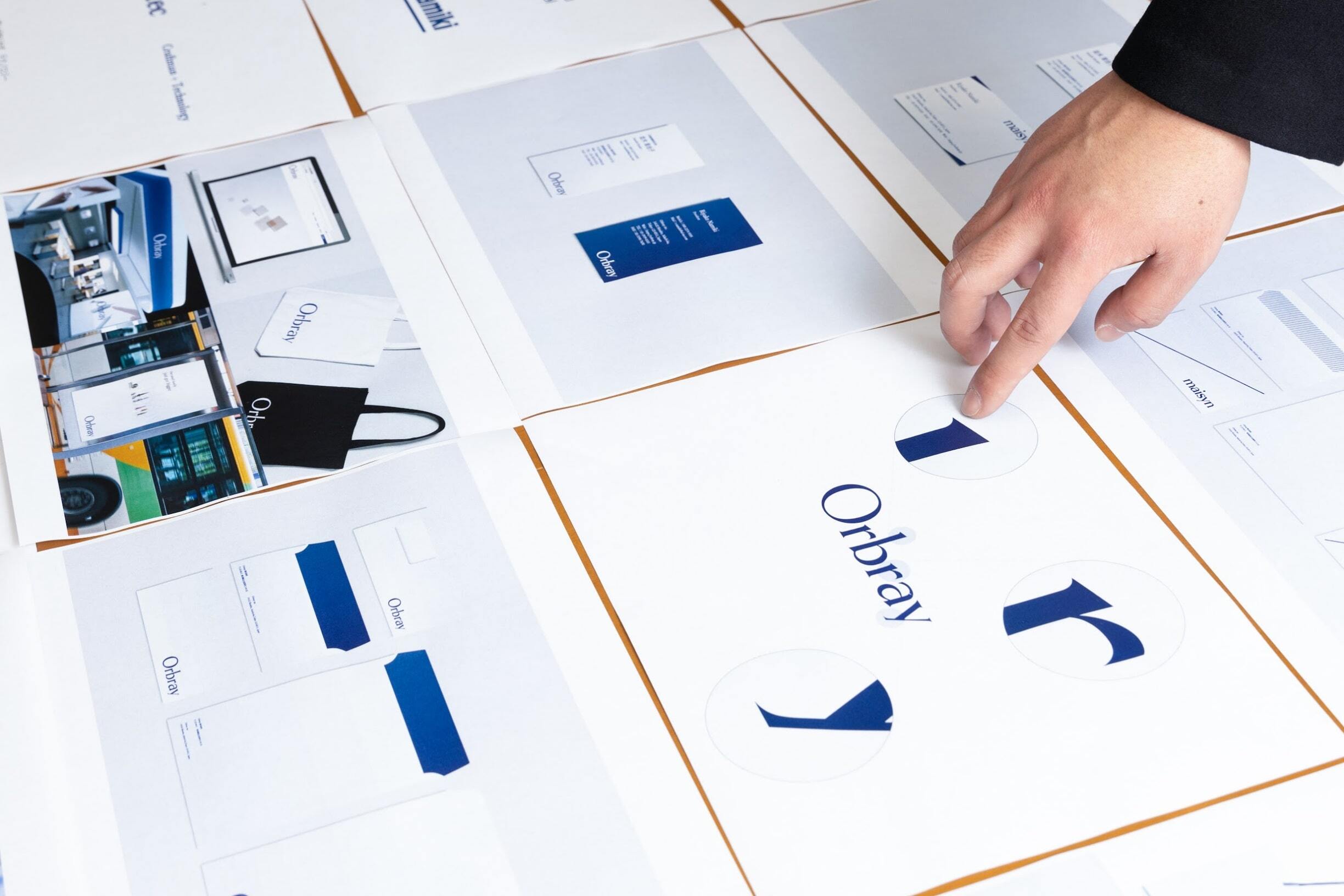
To convey strength, I thickened and emboldened other parts. Regarding color, I chose deep blue to give the logo further strength and depth.
What matters is not just how the logo is designed, but how it is used.
Our Branding Has Just Gotten Underway

Pres. Namiki:
You created our new name and logo and applied them in a variety of ways. Even so, I think that our branding has just gotten underway. We need to ensure that our identity is correctly perceived both within the company and in the world beyond.
Orbray – “orb (sphere)” and “ray (light)” – embodies our company’s continuing focus, since the firm was founded, on developing processing technologies to unlock the full potential of Earth’s materials, to advance into a future that serves society’s needs. The name also connotes the space business, which is expected to open the market for our large-diameter synthetic diamond substrate, known as the “ultimate substrate,” which only our company has succeeded in developing. Furthermore, our new name implies that our company is a single living organism, such that each employee’s efforts to nurture his or her creativity contribute to the health and advancement of the entire organization.
Mr. Taruma:
I expect Orbray to keep developing new products by utilizing its expertise in cutting-edge technology and materials, and become a premier brand in the space industry. I am looking forward to seeing the company shine even more brilliantly.
Pres. Namiki:
Thank you for your kind words and for helping us better present all facets of our identity to the world and to ourselves.



